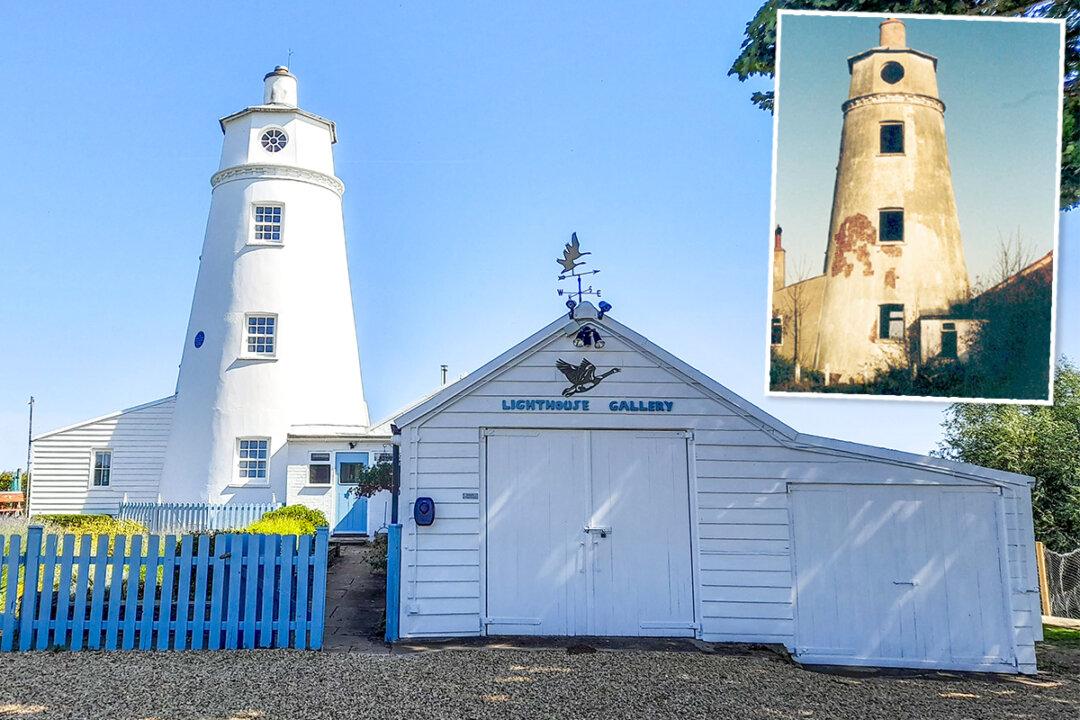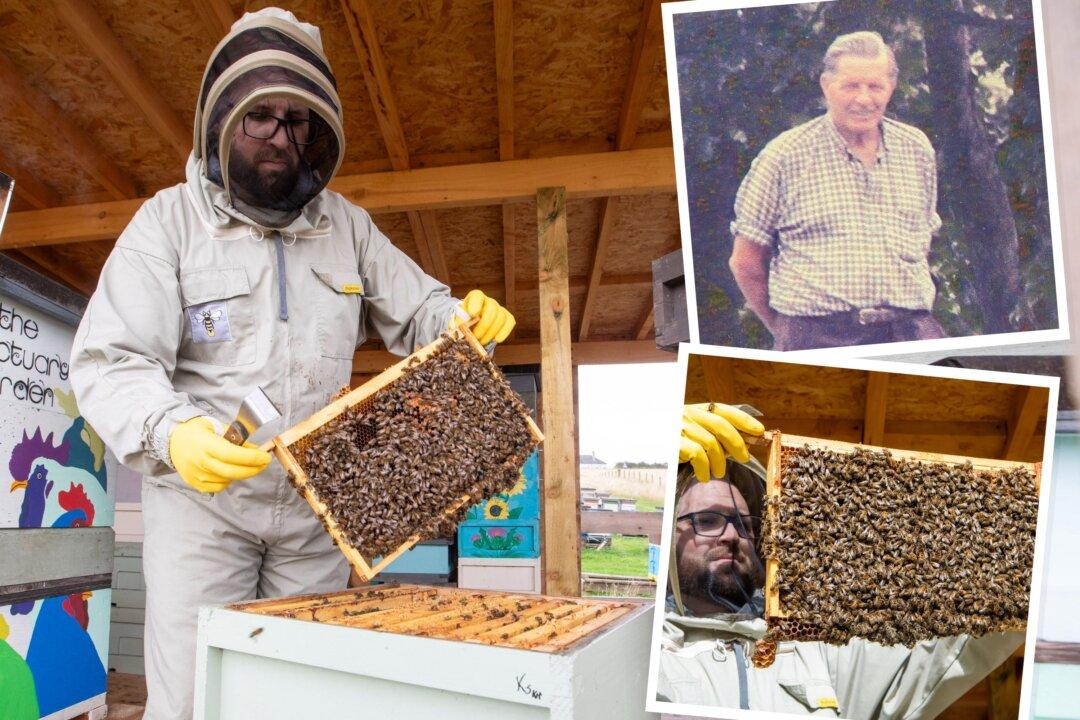The lighthouse once owned by Sir Peter Scott has been converted into a luxury holiday home, and now tourists can stay in the “most important building in global conservation history.”
The historic Grade II-listed structure in Sutton Bridge, Lincolnshire, UK, was refurbished in the 1930s by the son of doomed Antarctic explorer Robert Falcon Scott.





